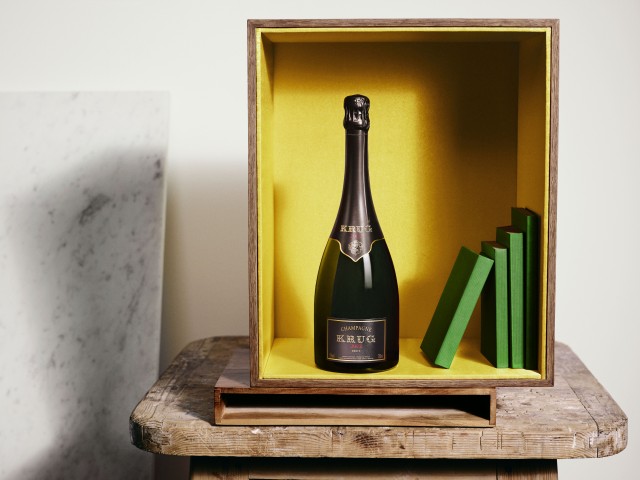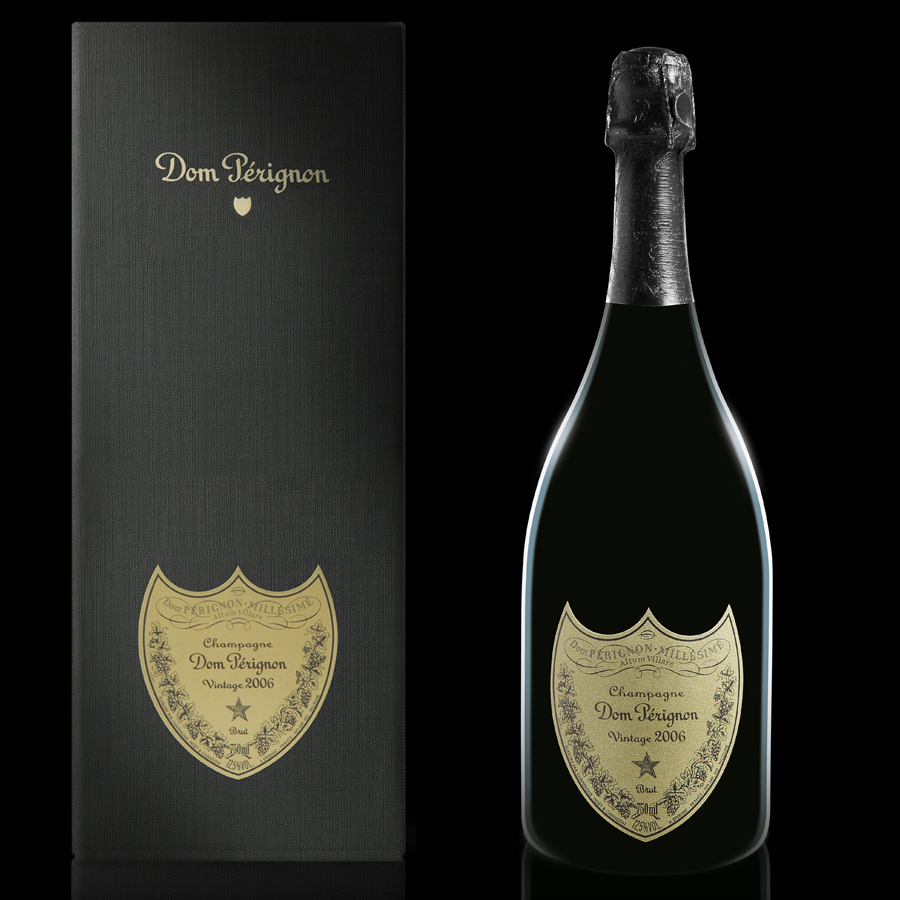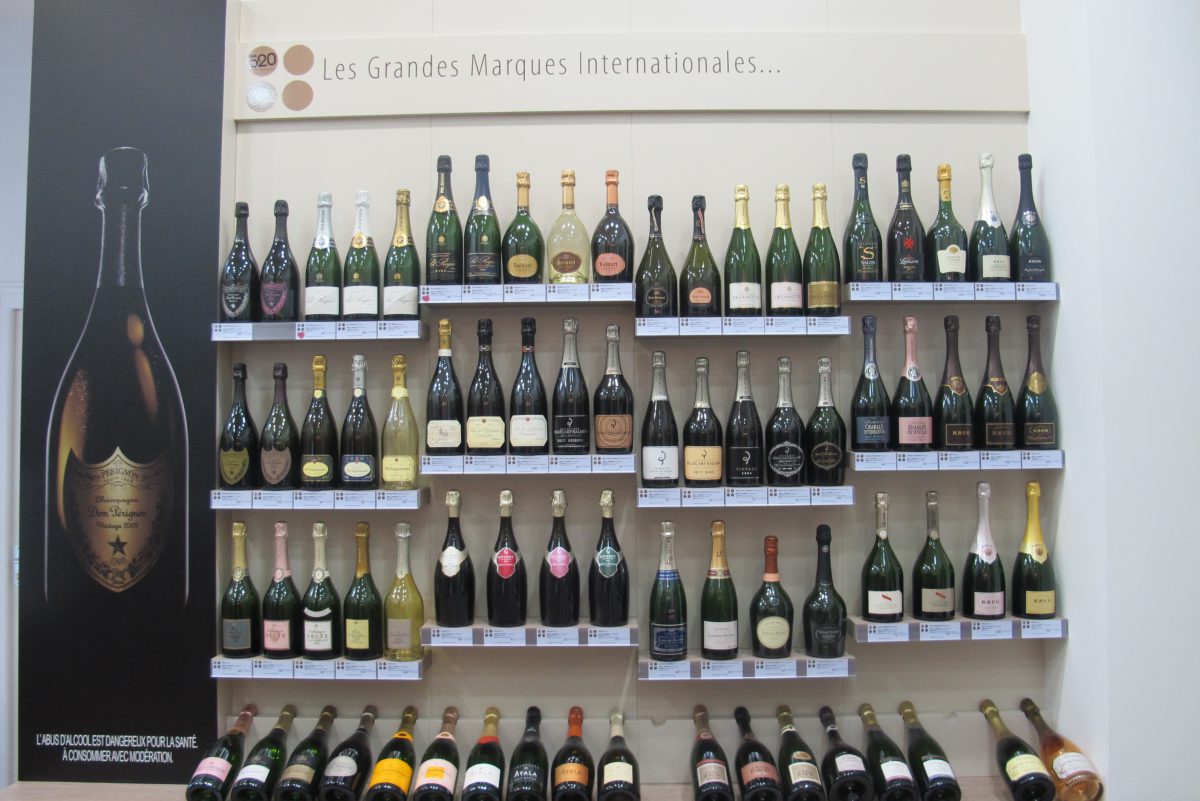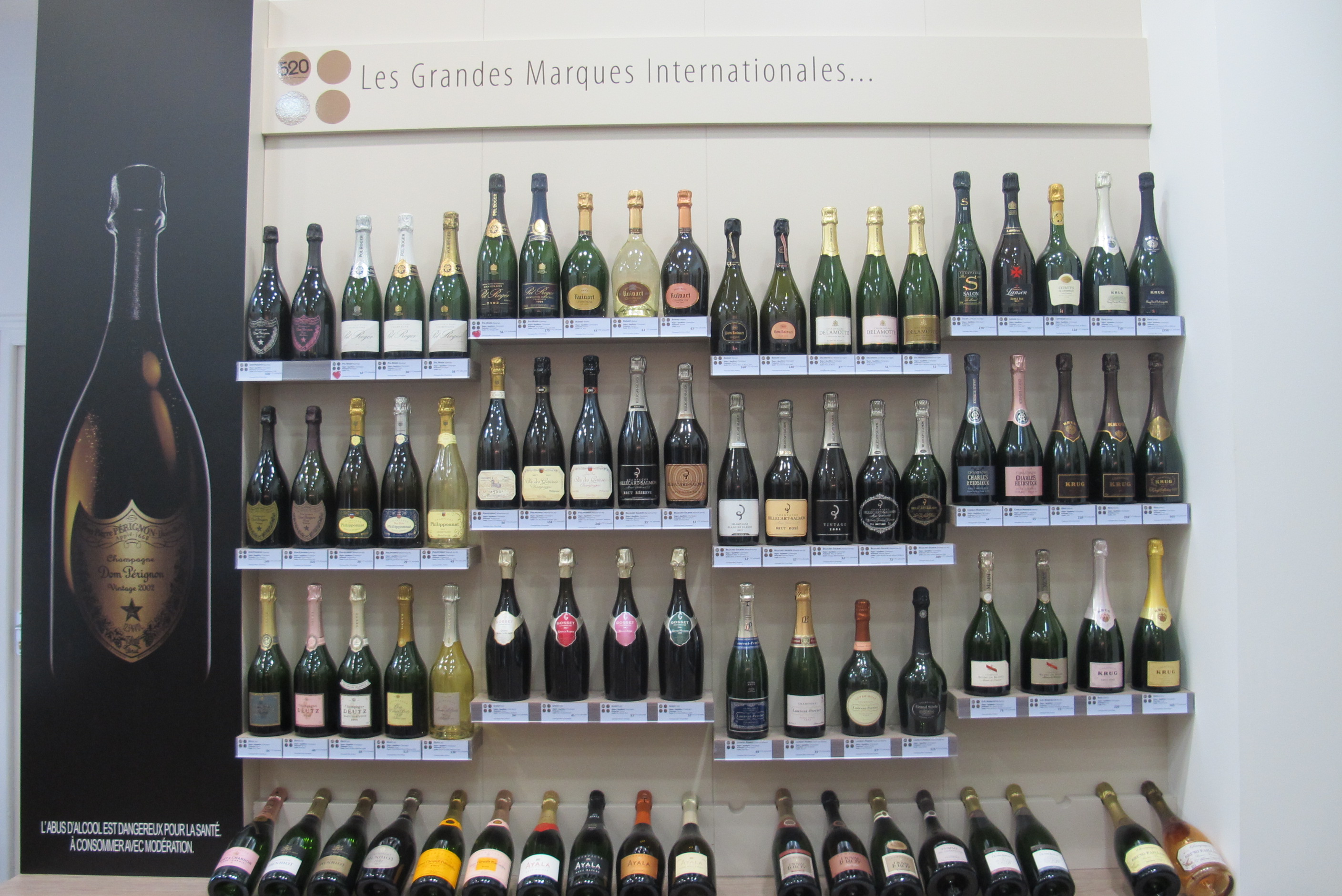Liz Palmer, and Delphine Veissiere PhD
 The Champagne region, which is an AOC (Appellation d’Origine Controlée) is based on two key characteristics: assuring place of origin of each product and its method of production. It’s not the largest wine-growing region, but it is the most famous. The region is divided into four main growing areas; Montagne de Reims, Vallée de la Marne, Côte de Blancs together with Côte de Sézanne, and Côte des Bar (referred to as the Aube). It is important to note that – it is illegal to officially label any product Champagne unless it comes from the Champagne region of France and is produced under the rules of the appellation.
The Champagne region, which is an AOC (Appellation d’Origine Controlée) is based on two key characteristics: assuring place of origin of each product and its method of production. It’s not the largest wine-growing region, but it is the most famous. The region is divided into four main growing areas; Montagne de Reims, Vallée de la Marne, Côte de Blancs together with Côte de Sézanne, and Côte des Bar (referred to as the Aube). It is important to note that – it is illegal to officially label any product Champagne unless it comes from the Champagne region of France and is produced under the rules of the appellation.
Champagne has been brilliantly marketed the past few decades, and has succeeded in retaining a cache although there are many serious sparkling wine alternatives on the market.
But, why is it so expensive?
A good answer, could be partly because the process is very long and complex and requires many steps along the way, so these drive up the price.
And what about vintage champagne?
Theoretically, vintage Champagnes are made only in particularly good years . This scarcity and quality are the key determinants for investment opportunity.
Vintage champagne is a matter of rarity and style
Vintage Champagne, also known as millésimé, is the unique expression of a single year. There is no regional announcement or vintage decree – the winemaker or Chef de Cave will only produce vintage Champagne in years when the quality is exceptional. These wines are made with the best grapes from superior vineyards.
Also in Champagne the word “vintage” takes on a new meaning – about 90% of the sparkling wine produced in the region is blended into non-vintage Champagnes. These wines are blends of wines from a number of years, or vintages. Non-vintage Champagne often a representation of the house style, while vintage Champagne is a reflection of the year. What gives a vintage Champagne that “special character”? The weather.
“A vintage Champagne is a joint venture between the winemaker and the climate,” says Olivier Krug.
The Champagne region is located in a key climatic area influenced by oceanic and continental weather. Harsh weather conditions makes the winegrower’s métier quite difficult.
Champagne aficionados are ecstatic these days due to a recent shift of good to great vintages commencing with the 2002s. The character of a vintage Champagne is a reflection of that year’s weather. Here is a précis of 14 vintages from 2000-2014 and where you will find some vintages more exceptional than others.
2015 — Too early.
2014 — Too early.
*2013 — Difficult flowering period; Chardonnay badly affected by millerandage; a smaller crop with high quality.
*2012 — Deemed one of the best vintages the Champagne region has experienced. “The quality and the intensity are definitely there to make an outstanding vintage” states Dom Perignon chef de cave Richard Geoffroy. The base wines show beautiful richness with perfect acid levels; yields were very low.
2011 — An erratic year with problematic harvest.
2010 -This will be a variable year depending on the producer, not many vintages declared; some producers produced excellent fruit driven Champagne.
2009 — A very difficult vintage; high sugar levels with moderate acidity. I believe they will be more fresher than the 2003s; better suited for early drinking and not long-term cellaring. I suspect that most of 2009 wine will be destined for non-vintage bottlings; a few vintage Champagnes were produced.
2008 — Some good vintages produced, watch out for some classically styled, acidic Champagnes.
2007 — witnessed a cold, rainy summer, with a huge crop (especially Chardonnay) that was brought in earlier than predicted, near the end of August; mostly diluted fruit and high acidity, a large proportion will be reserved for non-vintage Champagnes
2006 — Supple and expressive wines; immediate drinking.
2005 — Not many great vintages produced – acidity was on the low end; 2005 Cristal is a good reflection.
2004 — Structured and well balanced wines, 2004 DP is an excellent reflection.
2003 — Very high heat across Europe produced wines with excellent fruit, good for immediate drinking not much potential for long-term cellaring.
*2002 — This vintage was dry and warm– an exceptional vintage; potentially a classic.
2001 — The worst vintage on record.
2000 — Good quality for blending; not many vintages produced.
*considered exceptional years
Vintage champagne is an investment opportunity
Champagne is relatively affordable when compared to similarly evaluated Bordeaux or Burgundy. Champagne offers first time investors a lower entry point and seasoned investors value for money when diversifying their portfolios. When Champagne is released it is ready for drinking, and rarely stored for long periods, vintages then become scarce and prices rise.
Sebastian Woolf of Woolf Sung reports that vintage Champagne currently presents the most value for money in the fine wine investment market, with a further 10% growth expected over the next 12 months. He states: “I set up Woolf Sung in 2012 to bring fine wine investment to the younger generations by focusing on under-the-radar brands and vintages. Champagne epitomizes this ambition and as investors across the board are seeking alternatives to Bordeaux, these brands and vintages are gaining traction in the market as investors and drinkers are looking for value.”
Woolf Sung is currently focusing on sourcing and procuring these old, scarce vintages which present a 3-5 year investment; these bottles are being drunk now therefore scarcity and, in turn, prices are ever increasing.
“The world’s top Champagne vintages, 1988, 1996, and 2002 have consistently shown great appreciation and continued steady growth over the years. Over a two year period to August 2014, these vintages have collectively risen 10.2%. With the investment market looking for alternatives to Bordeaux, vintage Champagne offers volume production, worldwide distribution and prestige that Burgundy and Italy struggle to compete with. According to Liv-Ex, between 2011 and 2013 the Champagne index increased 11.9% and its share of trade increase from 1% to 2.3%.” says Sebastian Woolf.
– Our Five Top Vintage Champagne Picks – Continue reading “WHAT MAKES VINTAGE CHAMPAGNE SO SPECIAL?”





